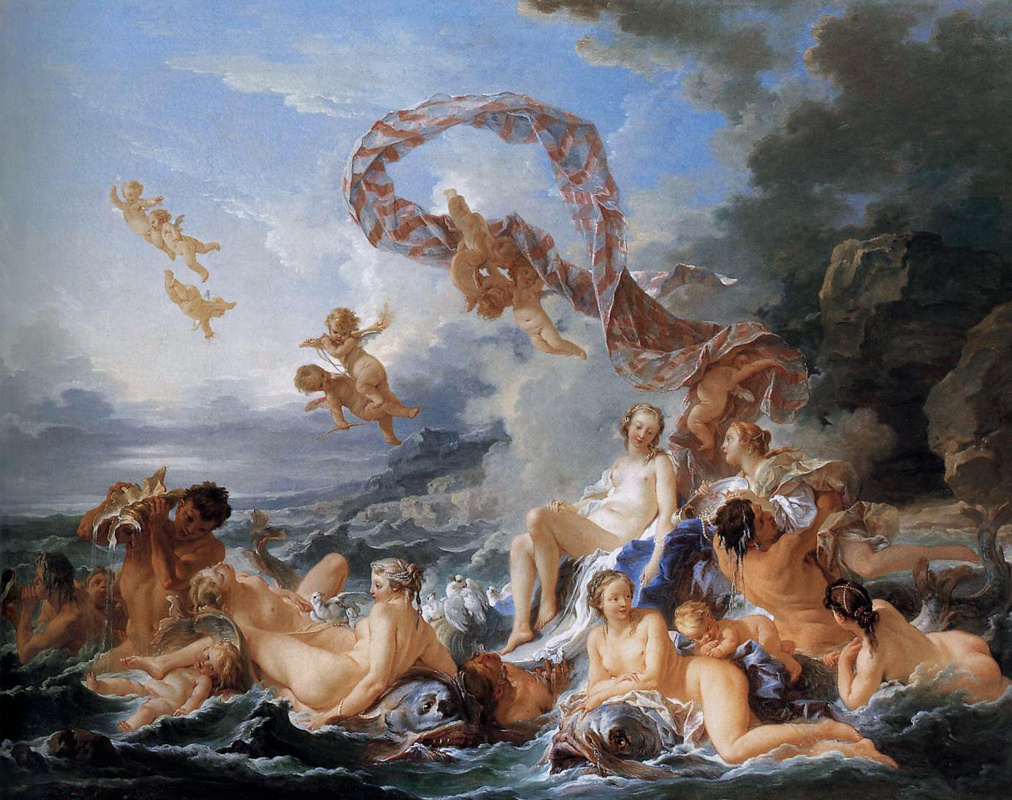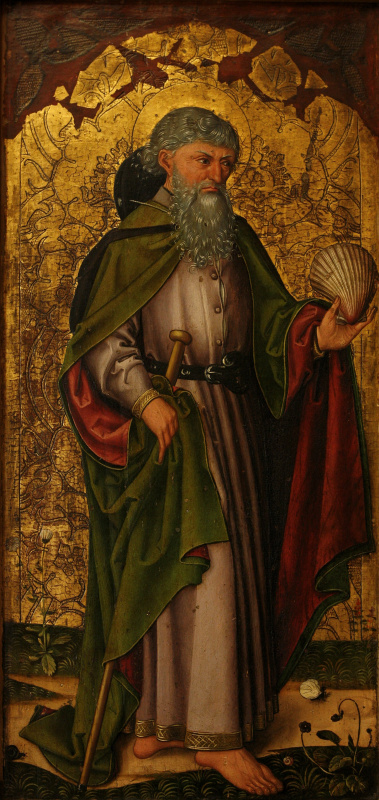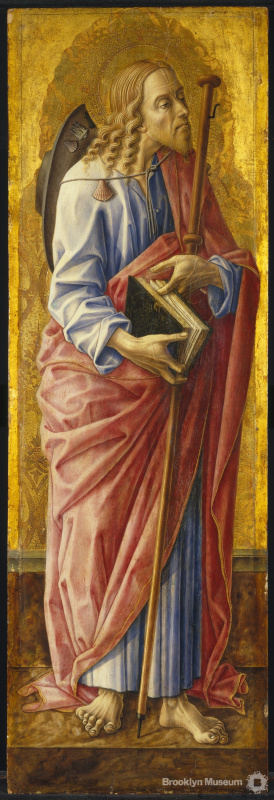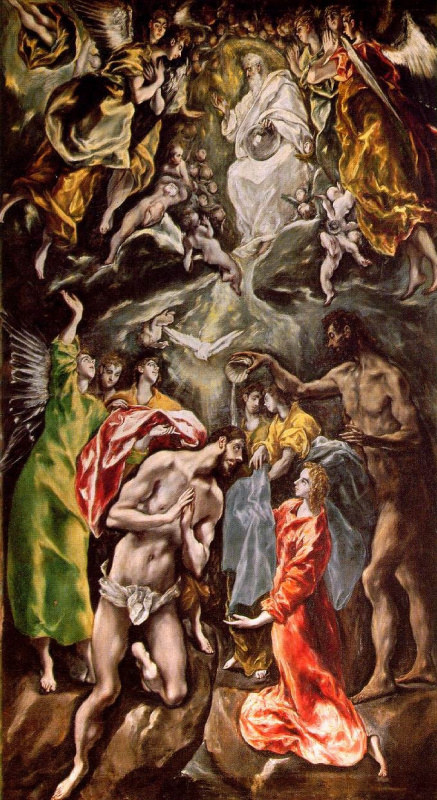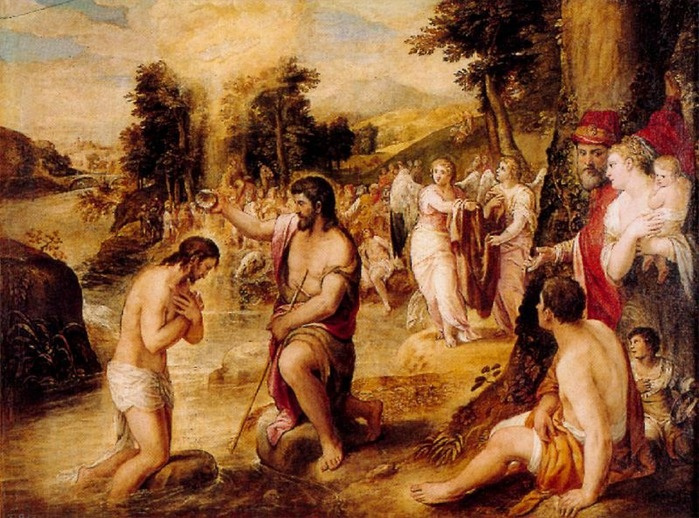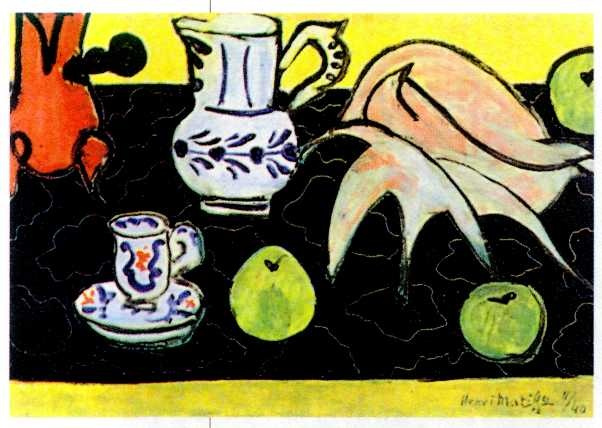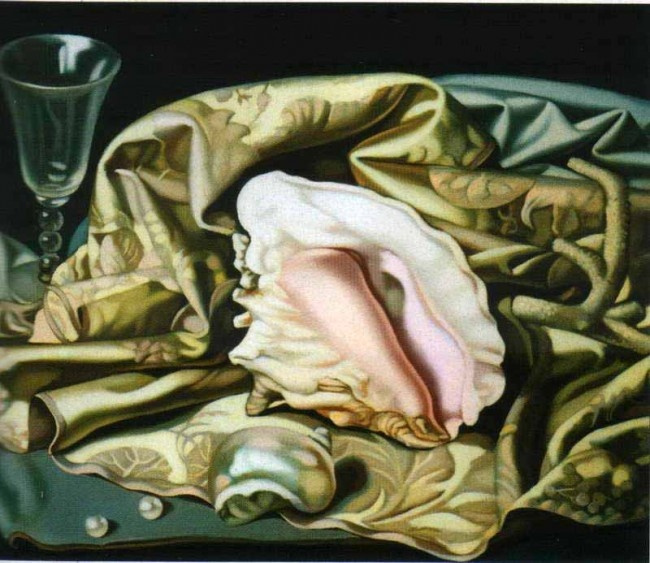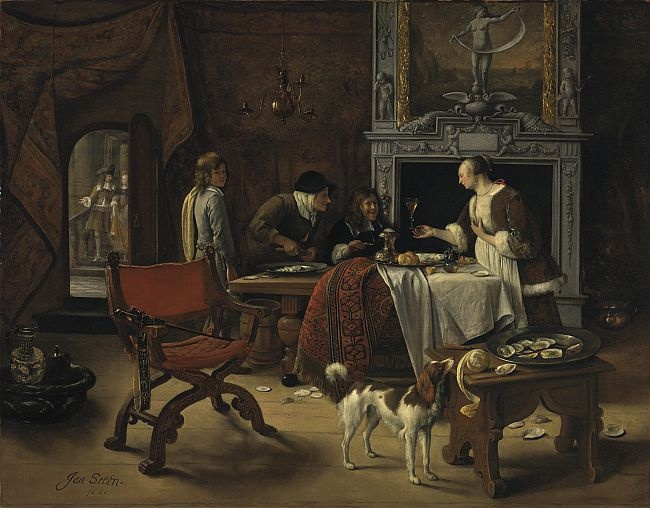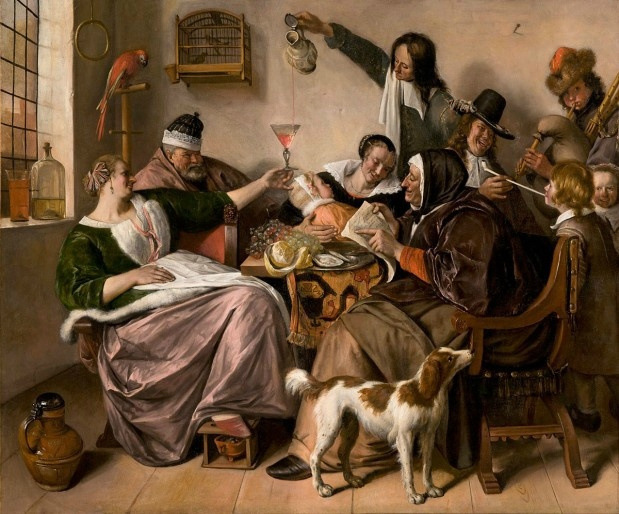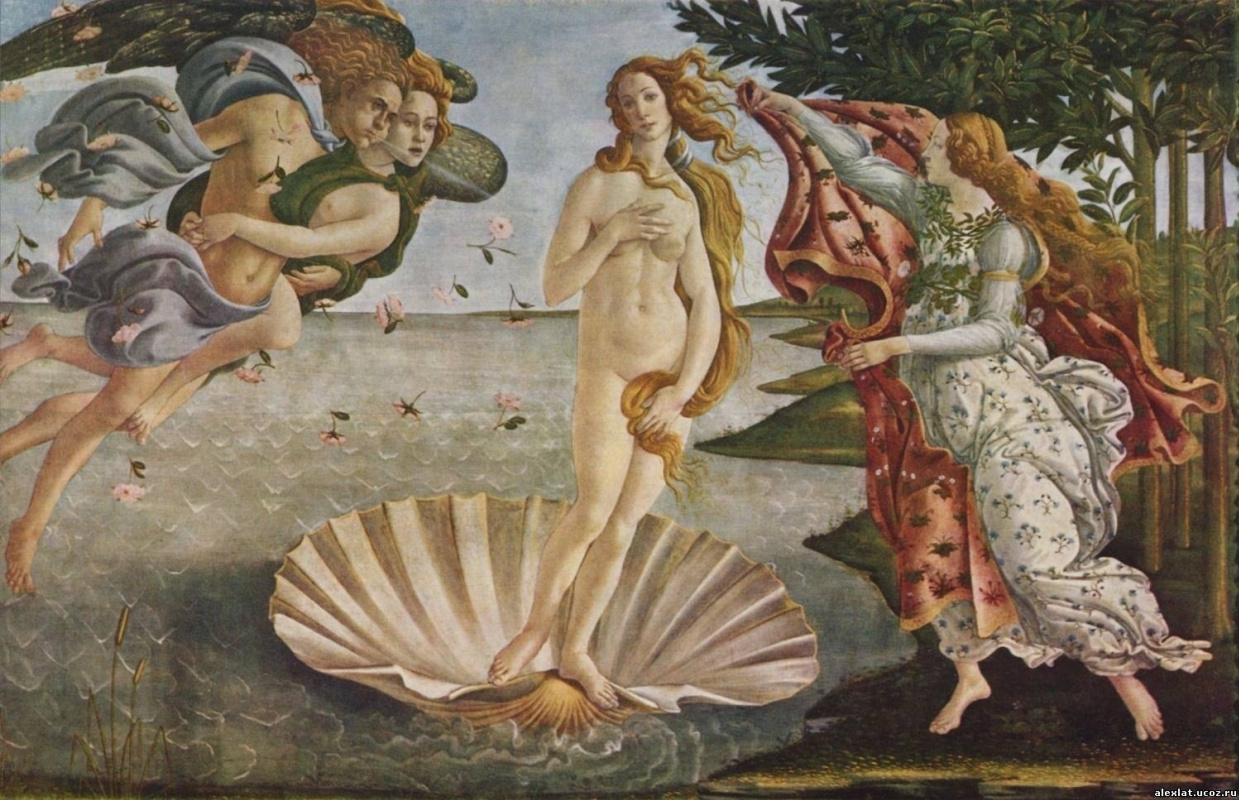
The Venus Scallop
Creators and public yet loved shells back in antiquity: those images were a fairly popular element in mosaic decorations. Moreover, sublime ones: a neat fluted shell has become not only a symbol of the water element, but also an attribute of female deities, first of all, Aphrodite. Mother of pearl was revered as the divine shell of the Foam-born. The Renaissance artists took over the ancient tradition. On the canvases of Poussin, Tiepolo, Titian and Botticelli, the goddess of love usually stands in the middle of the sea in a large shell, but in some cases, she holds a scallop in her hand as a symbol of the feminine principle.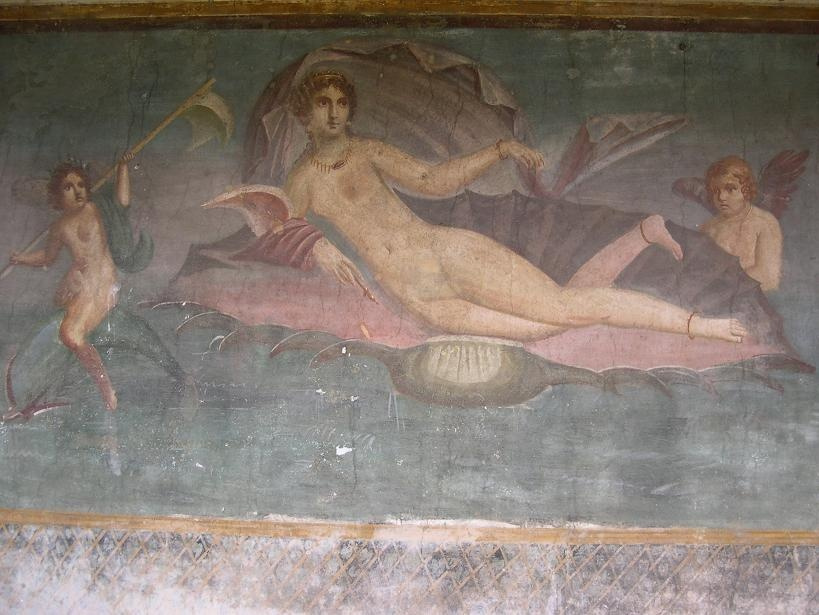
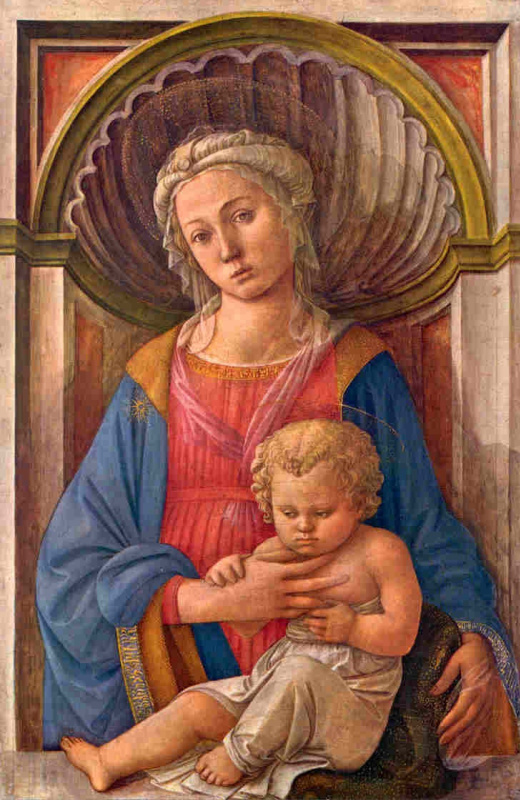
It is not surprising that the symbolism of the shell, associated with the origin of life, passed imperceptibly into the Christian art. During the early Renaissance, you can find the image of Virgin Mary with an architectural shell-shaped detail above her head (Fra Filippo Lippi. Madonna and Child). In the future, the echo of this plot filled the semicircular ceiling of the altar, conch, with a sacred meaning (Greek κόγχη — "shell").
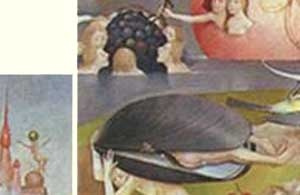
However, birth follows lust, and in the tradition of the Northern Renaissance, the bivalved shell became a symbol of adultery (Hieronymus Bosch. Garden of Earthly Delights).
All is vanity of vanities
The emergence of the Vanitas still life genre (lat. vanitas means "vanity"), has made its own adjustments in the symbolism . Such pictures were intended to remind of the transience of life, the futility of pleasures and the inevitability of death. The Vanitas gained the greatest popularity in the 16—17th centuries in Flanders and the Netherlands. Since the traditions of the genre supposed a special place and role in the plot for each object, the shells (as remains of a once living creature) carried a semantic load similar to weighty folios, human skulls, feathers and inkpots, clocks and so on… All is vanity — the depicted objects of inanimate nature reminded. For artists (Peter Claes, Jan Pauwel Gillemans), these still lifes were a warning against vanity and frailty. Vanitas were usually located in the office in order to impart gravitas to the owner.The meaning of the mollusc depicted could change subject to the style of the still life. If a picture contained Christian symbols (bread, wine), then the opened shell meant a soul ready to leave the earthly shell in this case.
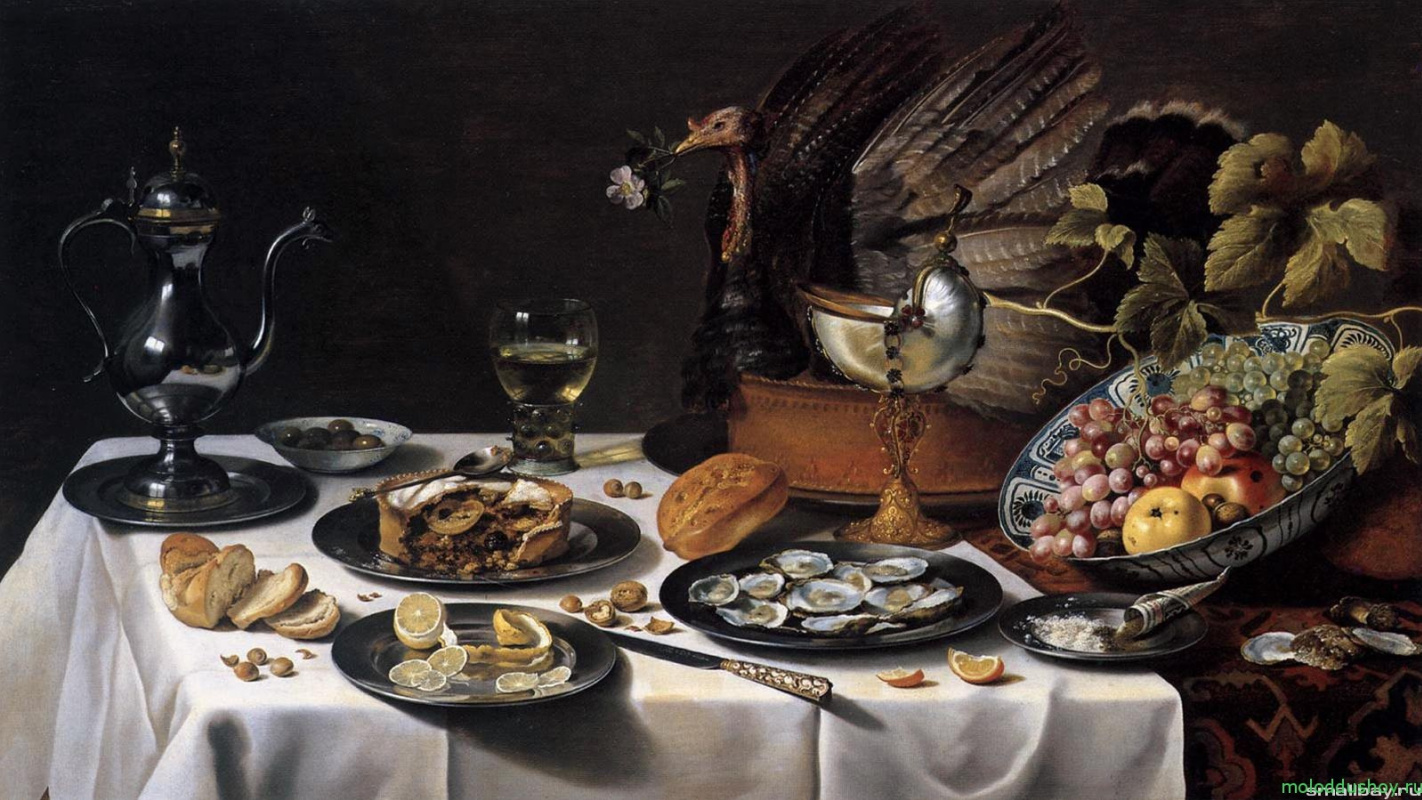
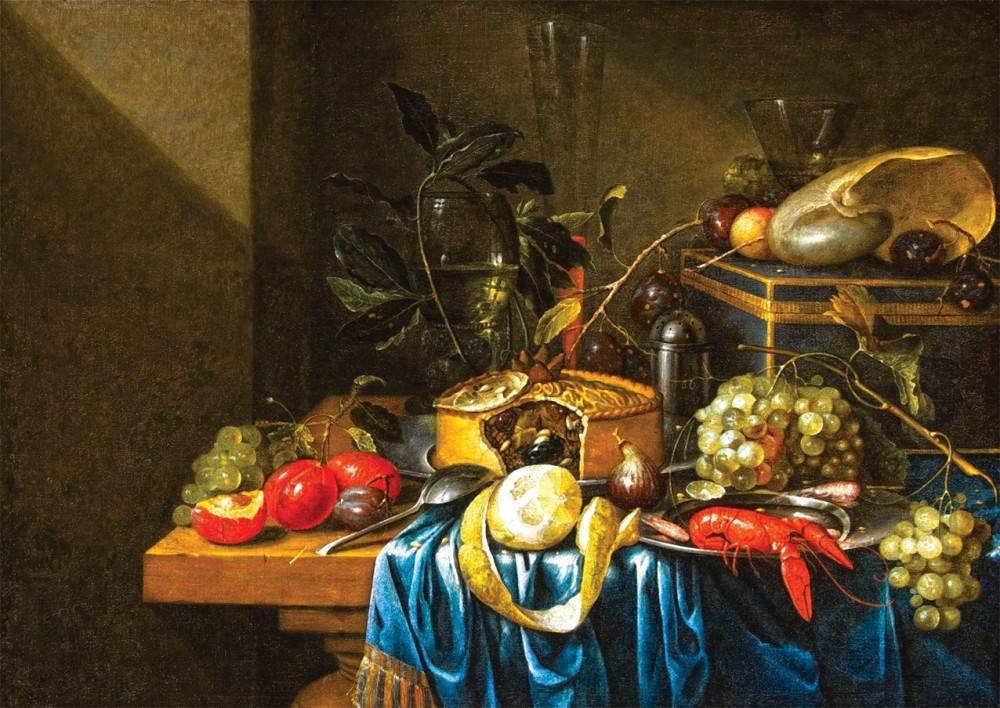
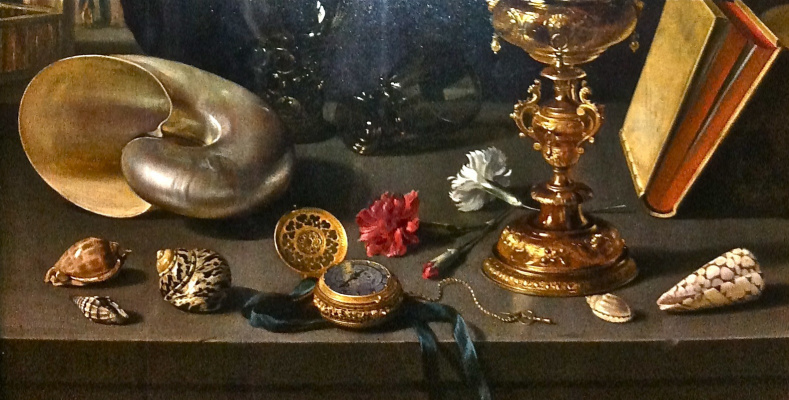
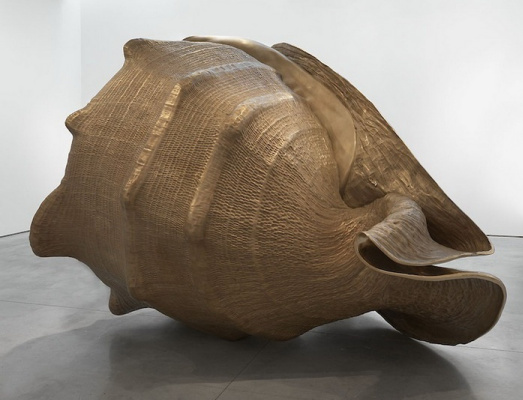
British sculptor Marc Quinn was interested in the fruits of the ocean, because they accumulated the past and the present. At The Archeology of Art exhibition, 2013, the sculptor presented his giant bronze-cast shells exactly repeating the original natural ones. The enormous size of the exhibits allows the viewer to examine the mollusc to the smallest detail.
“Our shells clacked on the plates...”
The taste of oysters was discovered in the Stone Age. They were dished up for Roman emperors, as well as ordinary people until the Middle Ages. Then came a period of relative calm, and Louis XIV revived the popularity of oysters once again. The seafood delicacy became famous as a natural aphrodisiac, thanks in large part to the memoirs of Giacomo Casanova. That is why a number of still lifes depicting oysters are often viewed from the erotic symbolism point, as signs of brief and dubious carnal pleasures.The plots of the paintings sometimes unequivocally indicate what is happening: a treat with oysters or empty shells scattered on the floor in a brothel. The Dutch painter Jan Steen called his canvas very eloquently: Easy Come, Easy Go the Artist Eating Oysters in an Interior. (1660).
The gallant era of porcelain heroes
In the first half of the 18th century, in addition to the goddess of love, the seashell also gave rise to a French art style, Rococo (from the French rocaille — decorative shell); the main motive that gave the name to the style was used everywhere: furniture design, wall decoration, small accessories. This was the heyday of the Meissen porcelain manufactory, whose products most accurately reflected the spirit of the era of whitewash, blush and beauty spots. Everyone wanted to have a porcelain face and a scarlet blush, even when they ascended the scaffold.
